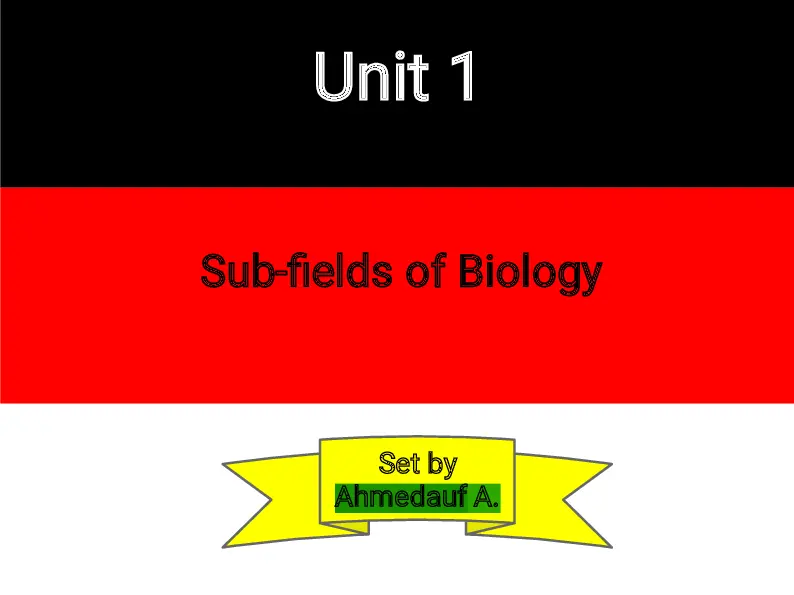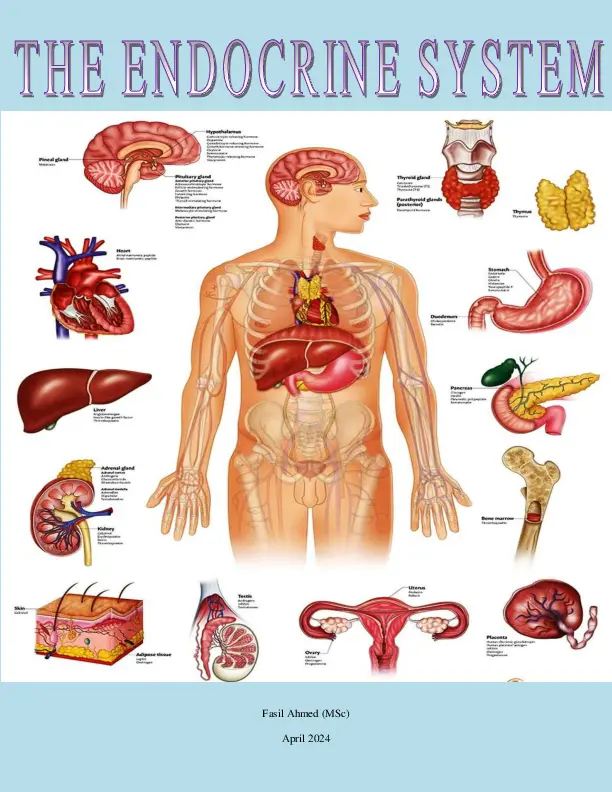ቀሰም-ACADEMY - BIOTECHNOLOGY

Book Description
BIOTECHNOLOGY 1.1 What is Biotechnology? Biotechnology is the use of microorganisms to make things that people want, often involving industrial production.
It is the controlled use of micro-organisms for human benefit.
Not all types of microorganisms are used in biotechnology.
Some microorganisms cause disease, others are useful to people—for example, and they play a vital role in decay and recycling of nutrients in the environment With the arrival of new technologies such as a genetic engineering, microorganisms are becoming more useful all the time.
The main groups are bacteria and fungi, and viruses are being more and more for genetic engineering.
Many of the principles and some of the techniques involved in biotechnology are ancient, but fast growing.
For example, fermentation, in which microorganisms are used, has been practiced for thousands of years to produce: Alcoholic drinks like beer, wine tella and tej Bread and injera Cheese and yoghurt Traditional Approach of Biotechnology involve: 1.
Making alcoholic drinks like wine, beer, tej, tella and brewing beers, 2.
Making bread and injera 3.
Making cheese and yoghourt.
One of the most useful microorganisms is yeast.
When yeasts have plenty of oxygen, they respire aerobically, breaking down sugar to provide energy for their cells, and producing water and carbon dioxide as waste products.
But yeasts are useful because they can also respire anaerobically.
When yeast cells break down sugar in the absence of oxygen, they produce ethanol (alcohol) and carbon dioxide.
Aerobic respiration provides more energy than anaerobic respiration, allowing yeast cells to grow and reproduce.
However, once they exist in large numbers, yeast cells can survive for a long time in low-oxygen conditions, and will break down all the available sugar to produce ethanol.
The anaerobic respiration of yeast is sometimes referred to as fermentation (or alcoholic fermentation).
I.
Making Alcoholic drinks 1.
Beer production In brewery process the grain is first ‟malted (i.
e., soaked in water to germinate).
‖ During this malting period the enzyme present in the grain converts the starch to sugar.
Then yeasts are added to convert the sugar to alcohol.
The bitter flavor of beer is provided by the addition of hop flowers.
In the preparation of ‟Tella ‖Gesho is added to give a bitter flavor for the ‟Tella .
‖ 2.
Tej and tela production Tej is one of the oldest drinks in Ethiopia—it has been known since at least 400 BC.
When we make tej we need honey, water and gesho leaf or gesho stick.
Gesho gives a bitter edge to the brew, and wild yeasts found on the plant start the fermentation going.
The yeasts use the honey as a source of food.
As yeast colonies grow they start to respire anaerobically, and this produces ethanol and carbon dioxide.
The alcohol content of tej varies from about 6 to 11%.
Tej and tella are the most commonly consumed alcoholic drinks in Ethiopia.
Courses
Engineering, Biology, Chemistry, MedicineReview Posted!
Add your details below to get email notifications when someone replies to your review.
Delete Comment?
This action cannot be undone. Are you sure?
Login
Still looking for something else?
Try this Advanced search Enhanced by Google
 Exotic Ai
Exotic Ai












Comment Section (0)
No reviews yet. Be the first!